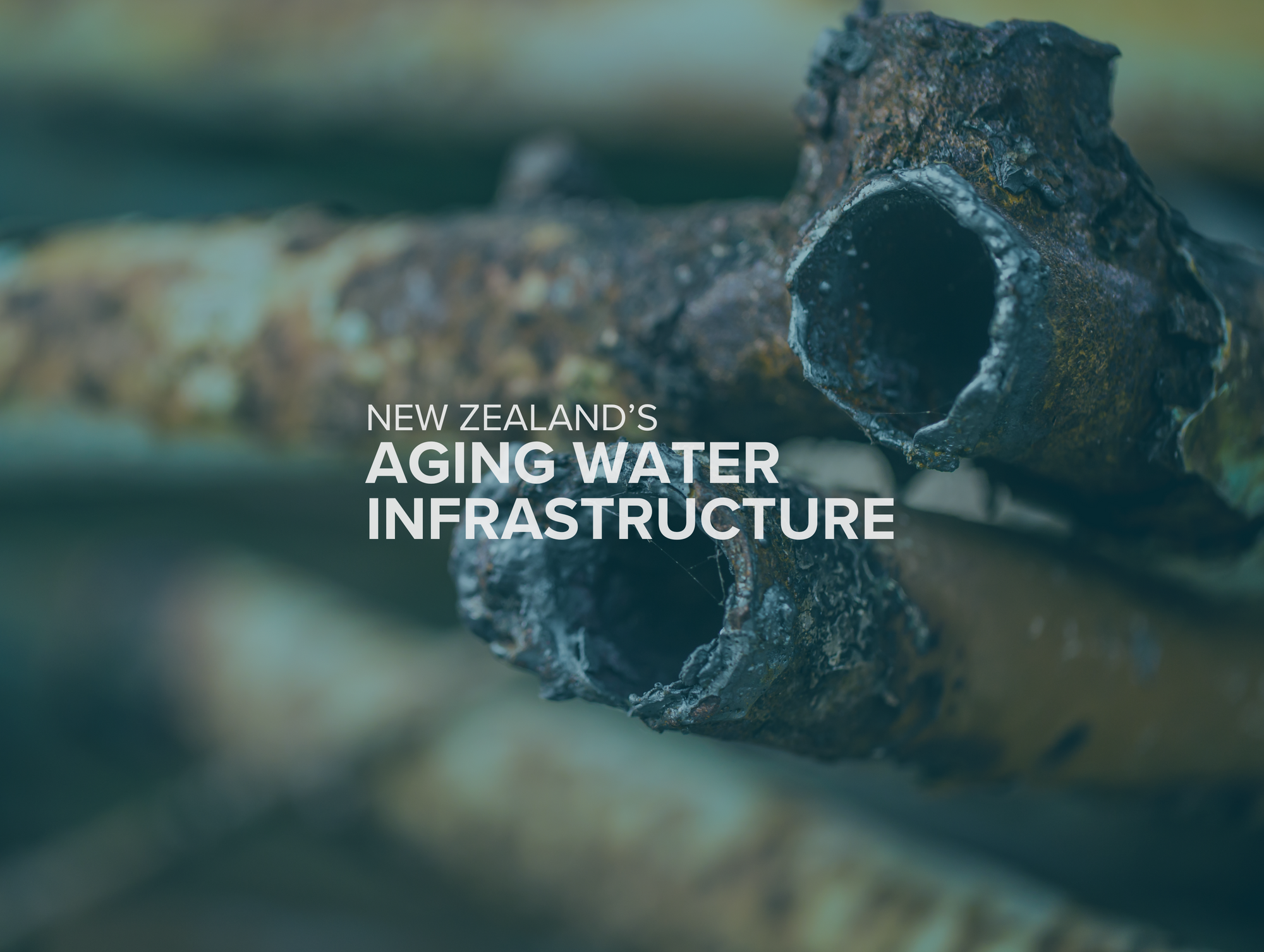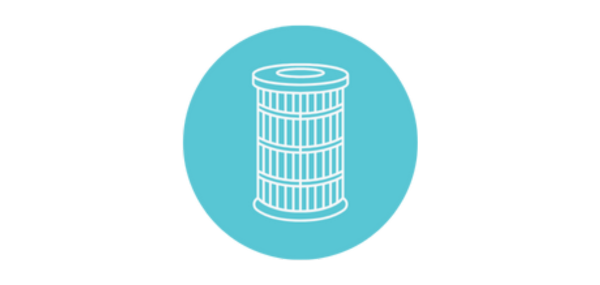

Is Your Tap Water Truly Safe? The Hidden Risks in NZ's Aging Infrastructure — and What You Can Do About It
New Zealand's landscape is known for its natural beauty, but beneath the surface of our towns and cities lies something far less pristine: an aging, complex water pipe network. While it quietly delivers drinking water to millions, this infrastructure is showing its cracks—literally and figuratively. With aging asbestos cement pipes, reinforced concrete prone to breakdown, and rising levels of livestock waste runoff, it's time we had a deeper conversation about water safety.
The Hidden Legacy of Aging Pipes
Much of New Zealand's water network was built between the 1950s and 1980s, when asbestos cement and reinforced concrete were considered state-of-the-art. But today, these materials are reaching the end of their service life.
-
Asbestos Cement Pipes: As these pipes deteriorate, they risk releasing asbestos fibres into the water. Prolonged exposure may lead to health concerns, particularly if fibres are ingested.
-
Reinforced Concrete Pipes: Vulnerable to acidic water, shifting soils, and decades of pressure, these pipes can crack and crumble. When that happens, harmful substances like heavy metals or soil-borne contaminants can seep into your water supply.
The Biofilm Problem
Inside old pipes, rough surfaces and low-flow areas create the perfect environment for biofilms: sticky layers of bacteria, algae, and fungi. These microbial mats can harbour pathogens like E. coli, Cryptosporidium, Giardia, and Legionella. Even more troubling, biofilms often resist conventional water treatment like chlorination, meaning contaminants can slip through and reach your home.
Livestock Waste: An Underestimated Threat
New Zealand has one of the highest animal-to-human ratios in the world, and the sheer volume of animal waste—especially after heavy rain—can overwhelm our waterways. Pathogens and nitrates from farms easily enter streams, rivers, and underground aquifers. These contaminants then interact with aging infrastructure, increasing the risk of biofilm formation and microbial contamination.
The Household Risk Is Real
You may not always hear about it, but boil water notices and contamination events are surprisingly common in both rural and urban areas. Many people dismiss subtle symptoms like low energy, frequent tummy bugs, or skin irritation—but water quality could be the hidden culprit.
So, What Can You Do?
1. Know What You're Drinking
-
Get your water tested for heavy metals, bacteria, and asbestos if you're on a rural or older network.
-
Be aware of your local council's treatment practices, and whether you're on a Town or Rural supply.
2. Choose the Right Home Water Filtration System
Protect your household with targeted filtration that removes harmful contaminants and revitalizes your water with essential minerals:
-
Alka Ultra X (Rural Supply): Ideal for rainwater or rural systems. Filters down to 0.01 microns to remove bacteria, cysts, microplastics, and more.
-
Alka Flow Benchtop: Perfect for rental homes or those needing a countertop option with ultra-filtration and remineralisation.
-
Ionza RO Enricher: A great match for reverse osmosis users wanting to restore essential minerals and alkalinity.
-
LifeSpring Whole House Filters:
-
Town Supply: Protects your entire household from chlorine, sediment, and contaminants common in municipal water.
-
Rural Supply: Tailored for untreated rainwater or bore sources with options for UV and mineral cartridges.
-
3. Flush, Filter & Educate
-
Flush taps that have been unused overnight.
-
Educate your family about signs of poor water quality (metallic taste, cloudy appearance, odours).
In Conclusion
New Zealand's water systems face unique challenges — but that doesn't mean you have to compromise on water quality. By understanding the risks and investing in the right filtration, you're not just filtering out contaminants; you're filtering in confidence, vitality, and peace of mind.
Stay informed. Stay hydrated. And drink water you can truly trust.
Warm regards,
The Ionza Team








